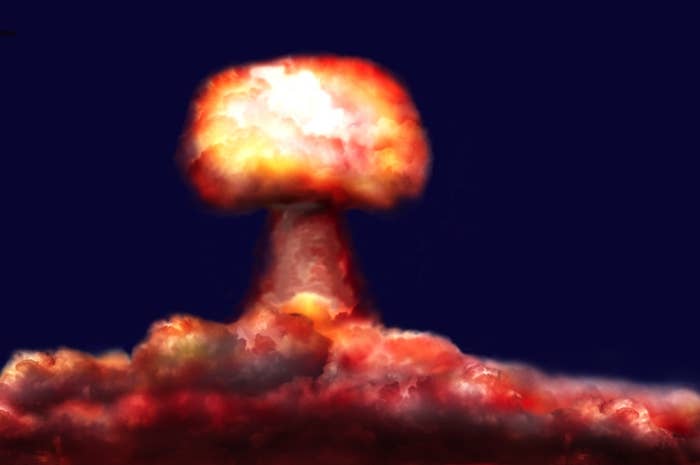
A hydrogen bomb 260 times more powerful than the device that leveled Hiroshima was nearly detonated on America's east coast, a new book says.
A recently declassified document reveals it was just a simple switch that prevented complete nuclear catastrophe in North America, said Eric Schlosser, author of "Command and Control."
It was on Jan. 24, 1961 that a B-52 bomber broke up mid-flight, accidentally dropping two hydrogen bombs over Goldsboro, N.C.
"One simple, dynamo-technology, low voltage switch stood between the United States and a major catastrophe!" wrote Parker F. Jones, the supervisor of the nuclear weapons safety department at Sandia national laboratories who analyzed the near-catastrophe in a 1969 document titled, "How I learned to mistrust the H-Bomb."
And that's not the lone close-call: Using the Freedom of Information Act, Schlosser discovered that there were at least 700 "significant" accidents and incidents involving 1,250 nuclear weapons between 1950 and 1968.
